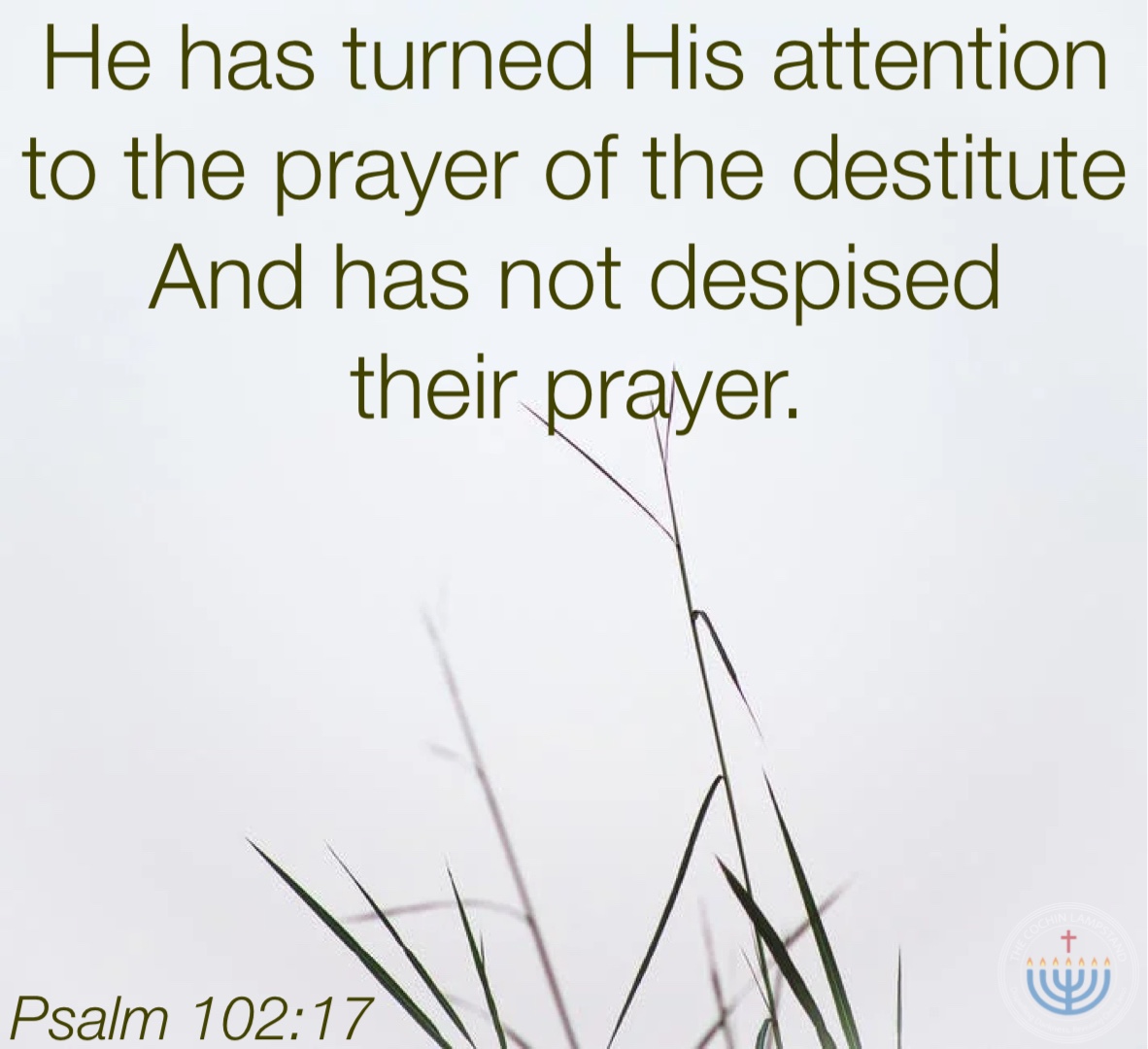A theophany is an appearance of God that people can discern—not all appearances of God are recognized by people. The term comes from the Greek theos, “god,” and the verb phaino, “to appear” or “be revealed.”
Since people cannot possibly process God’s nature as a disembodied, formless spirit, theophany allows God to make His presence known in a physical way that people can discern through their senses. Theophanies also address the problem in the Old Testament that people cannot withstand direct contact with the unfiltered divine presence (Exod 33:20; compare Deut. 5:24; Judg. 6:22, 23; 13:22). Theophany both protects people, and allows for contact with God.
Theophanies in the Old Testament occur when God takes form in the natural world, as a phenomena (like wind, spirit, or the burning bush) or when God takes human form (like the Angel of Yahweh).
Appearances in Nature
Thunderstorm or whirlwind theophanies are common (Exod 15:7–10; 19:16, 19; Deut 33:26–29; Ezek 1:4; Hab 3:8, 11; Psa 18, 29, 50, 77, 83, 97, 104, 144). Other theophanies are more obscure, like in Genesis 3:8, when Adam and Eve hear “the sound of Yahweh God walking in the garden at the windy time of day.” Some of the language is anthropomorphic, requiring a body (“walking”), and might belong more properly to the theophanies that involve God taking human form. The “windy time of day” phrase, however, may be indicative of the whirlwind motifs found in many other Old Testament passages.
Other natural elements serve as theophanies, such as a pillar fire or cloud (Gen 15:17; Exod 3:1–4; 13:21–22; 14:19–20; Num 10:33–34; 14:13–14), as well as fire and smoke (Exod 24:15–18; 40:34–38; Num 9:15–23; Deut 1:33; 4:9–40; 1 Kgs 8:10–13).
Appearances as a Person
The earliest theophany in human form—aside from the possibility of Genesis 3:8—is God’s appearance to Abraham. Stephen comments on this appearance in Acts 7:2–4: “Men—brothers and fathers—listen: The God of glory appeared to our father Abraham while he was in Mesopotamia, before he settled in Haran.” The word “appeared” indicates that the call of Abraham was a visible phenomenon. But Stephen’s reference to the theophany of Abraham is not the first time it is mentioned. When passages in Genesis are understood collectively, it is clear that God appeared to Abraham as a man—Stephen’s source is either Genesis 12:1–6 or Genesis 15:1–6. These appearances culminate in Genesis 18, where the embodied Yahweh eats a meal in Abraham’s presence. That Abraham appears to recognize one of the men as Yahweh suggests he had seen this man before. In the Gospel of John, Jesus Himself refers to these episodes as appearances. In John 8:56, Jesus tells His Jewish antagonists that God appeared to Abraham prior to Jesus’ incarnation: “Abraham your father rejoiced that he would see my day, and he saw it and was glad.” The Jews object to this claim, which prompts Jesus’ response, “before Abraham was, I am” (John 8:58)—connecting this appearance to His own personhood.
The Divine Name Used in Reference to a Person
Genesis 18:1–2 uses the divine name, Yahweh, when referring to one of the three men that appeared to Abraham. While it is not clear at the beginning of the narrative that Abraham recognizes Yahweh, we learn from what follows that he did. The humanity of Yahweh is apparent when He and the other two “men” eat (Gen 18:22; compare Gen 19:1; Gen 18:3–8). Abraham’s objection in God issuing destruction on Sodom further indicates he is addressing Yahweh.
Yahweh appears to Isaac in Genesis 26:2 and Genesis 26:23–24. His next appearance is to Isaac’s son, Jacob in Genesis 28:10–13. Later, in Genesis 32, Jacob wrestles with a “man” whom Hosea later calls elohim (Hos 12:3–4). Jacobs agrees with this in Genesis 48:15–16, when He calls the “man” the Angel of Yahweh—Yahweh in human form as He had appeared to Abraham (the terms Yahweh and Angel of Yahweh are used synonymously earlier). After the wrestling, God “appears” again to Jacob, “going up” from before him (Gen 35:9, 11–13).
Yahweh as the Word
In one of Yahweh’s appearances in human form to Abraham, He is referred to as “the word of Yahweh” (Gen 15:1). This description seems related to the Apostle John’s description of Jesus as “the word” and God “in flesh” (John 1:1–3, 14).
Similar language is used in 1 Samuel 3:1–21, where the young Samuel’s sleep is disturbed by a voice calling for him. The voice ends up being the “word of Yahweh” in human form. Samuel’s experience of the “word” is both visual and auditory. Once Eli understands what is happening, he instructs Samuel to respond; the word then comes again and stands before him—God’s Word embodied. Jeremiah’s call as a prophet goes one step further: the word, identified as Yahweh, physically touches him (Jer 1:9).
Theophanies set the precedent for Jesus. They help make sense of why and how God chose to appear in human form. The difference with Jesus, though, is that He doesn’t return to heaven—until He dies for the sins of humanity first.
Michael S. Heiser

